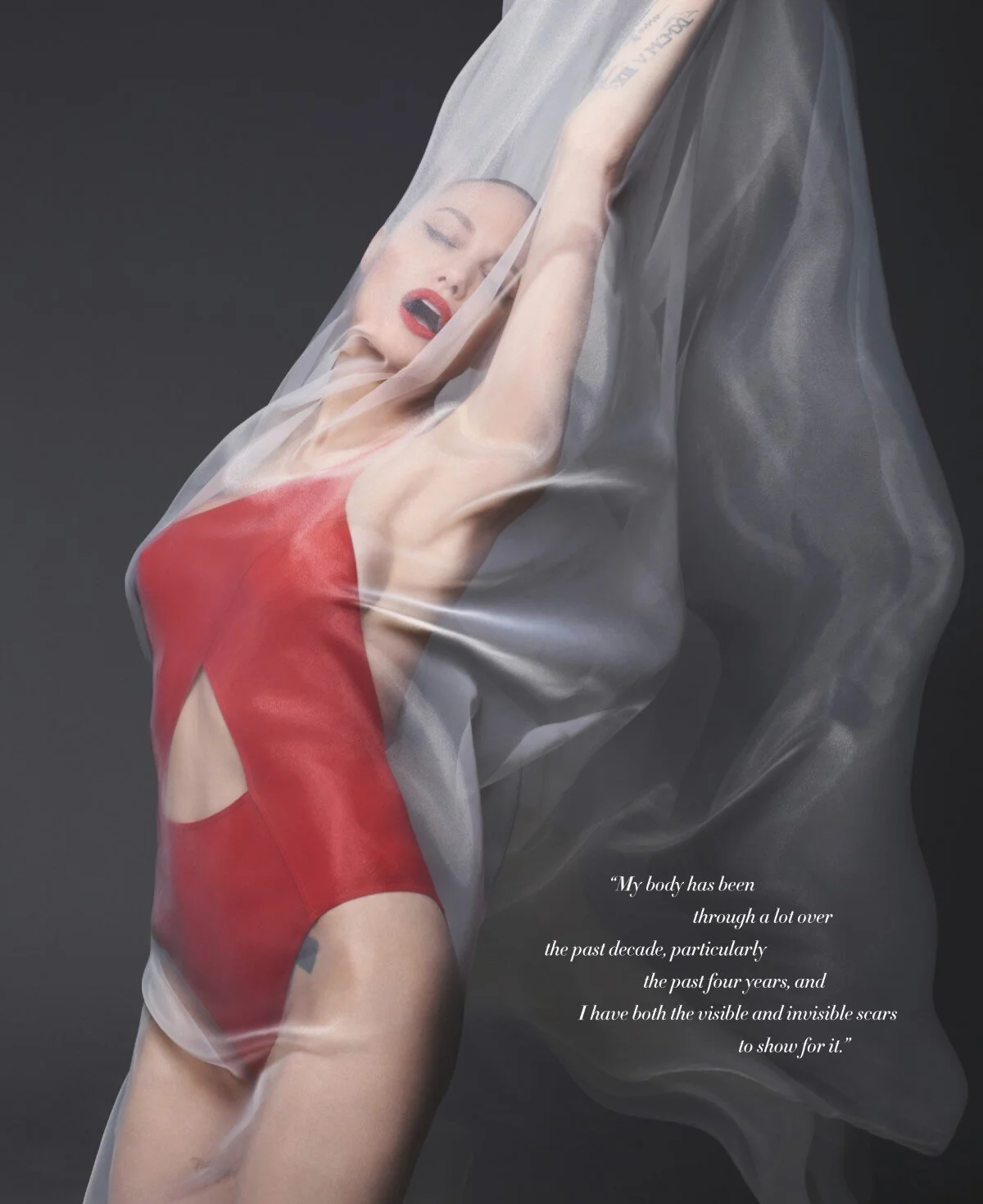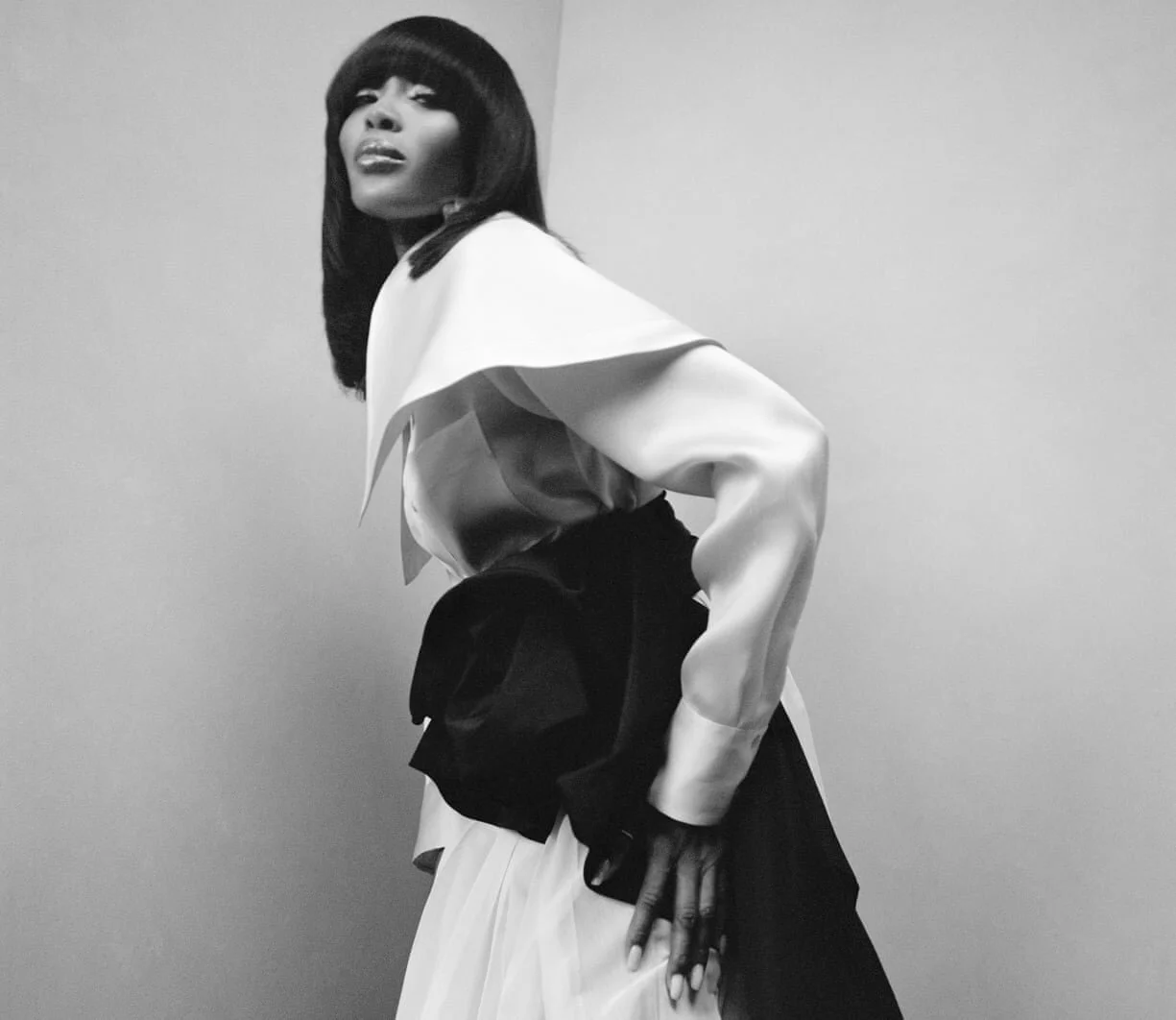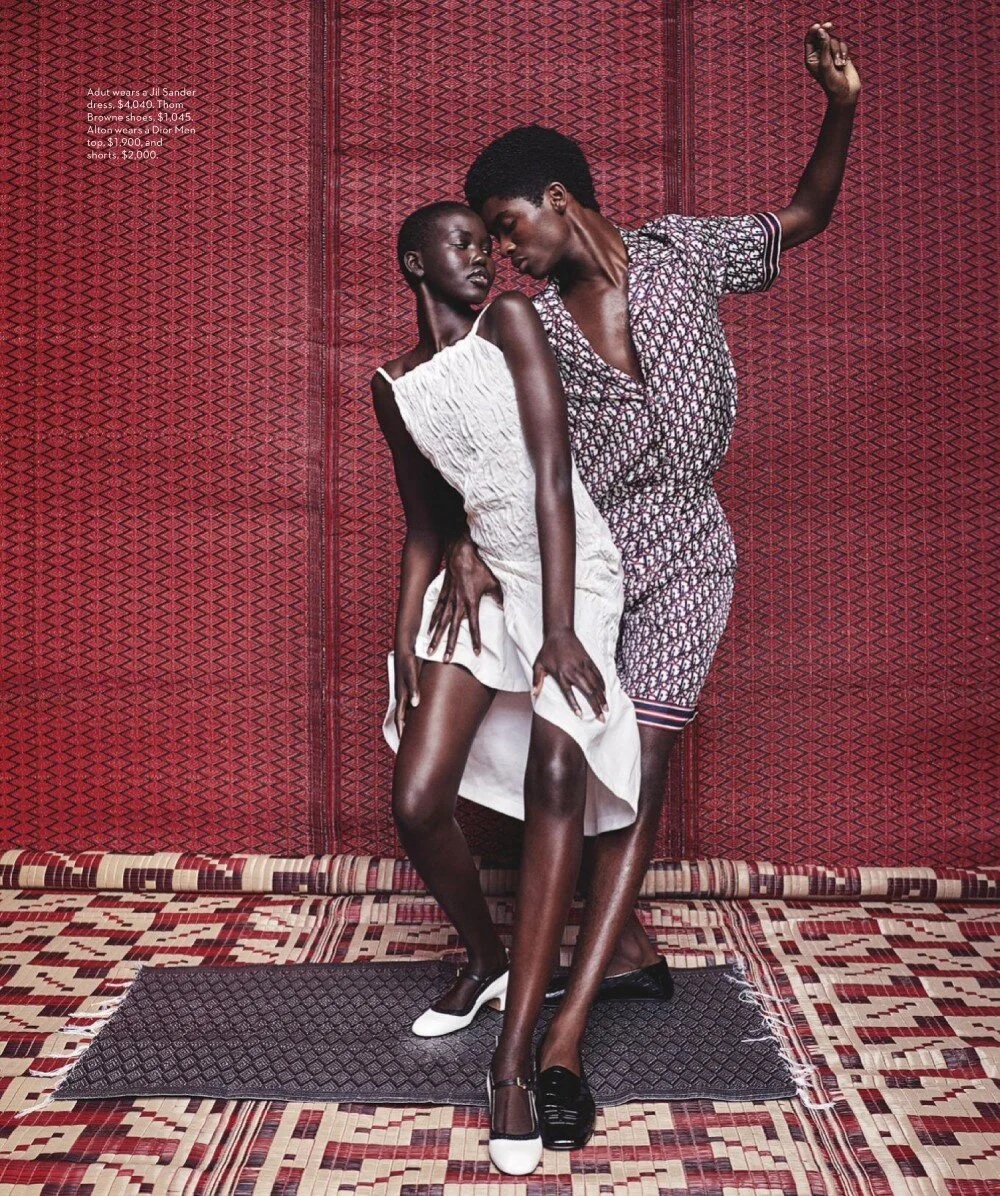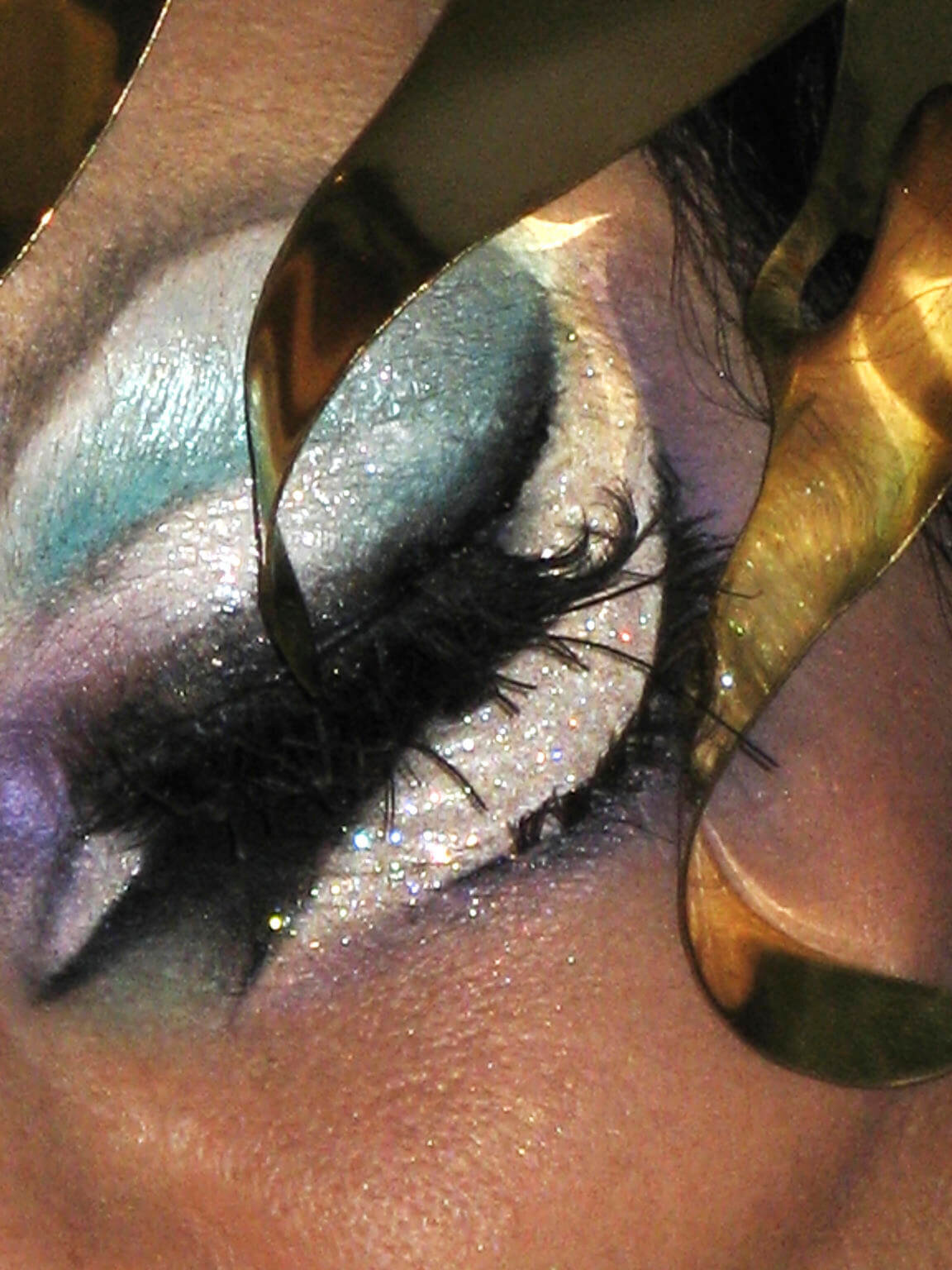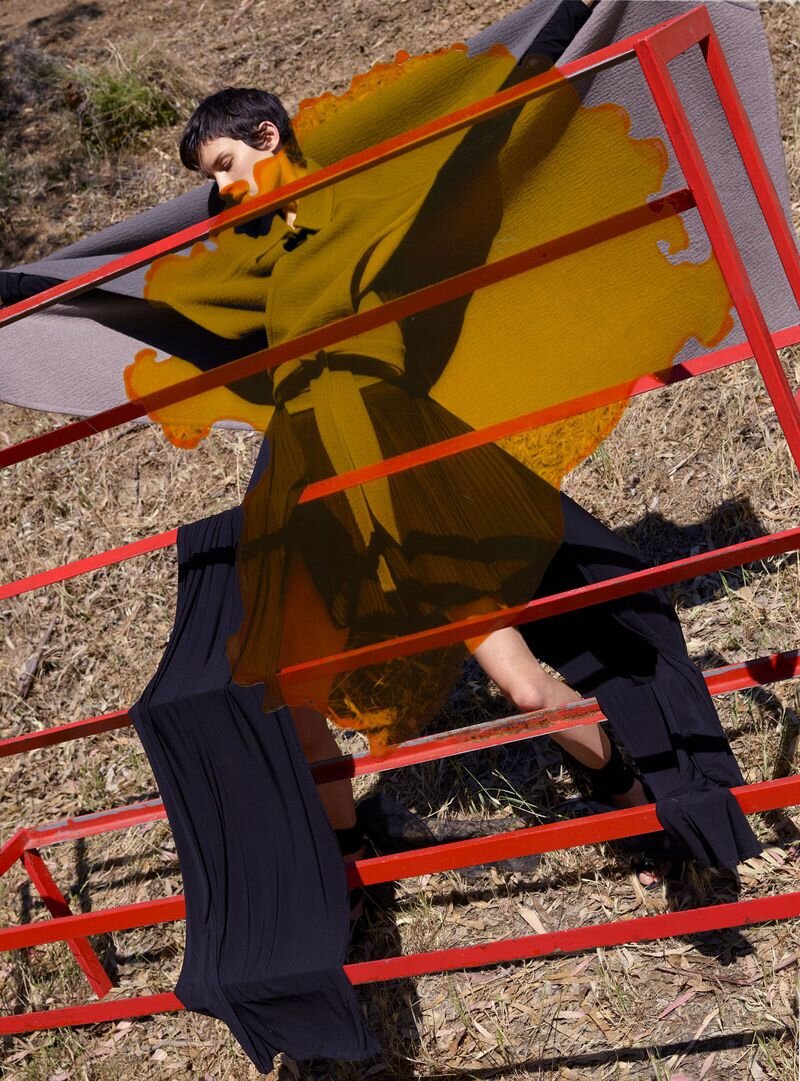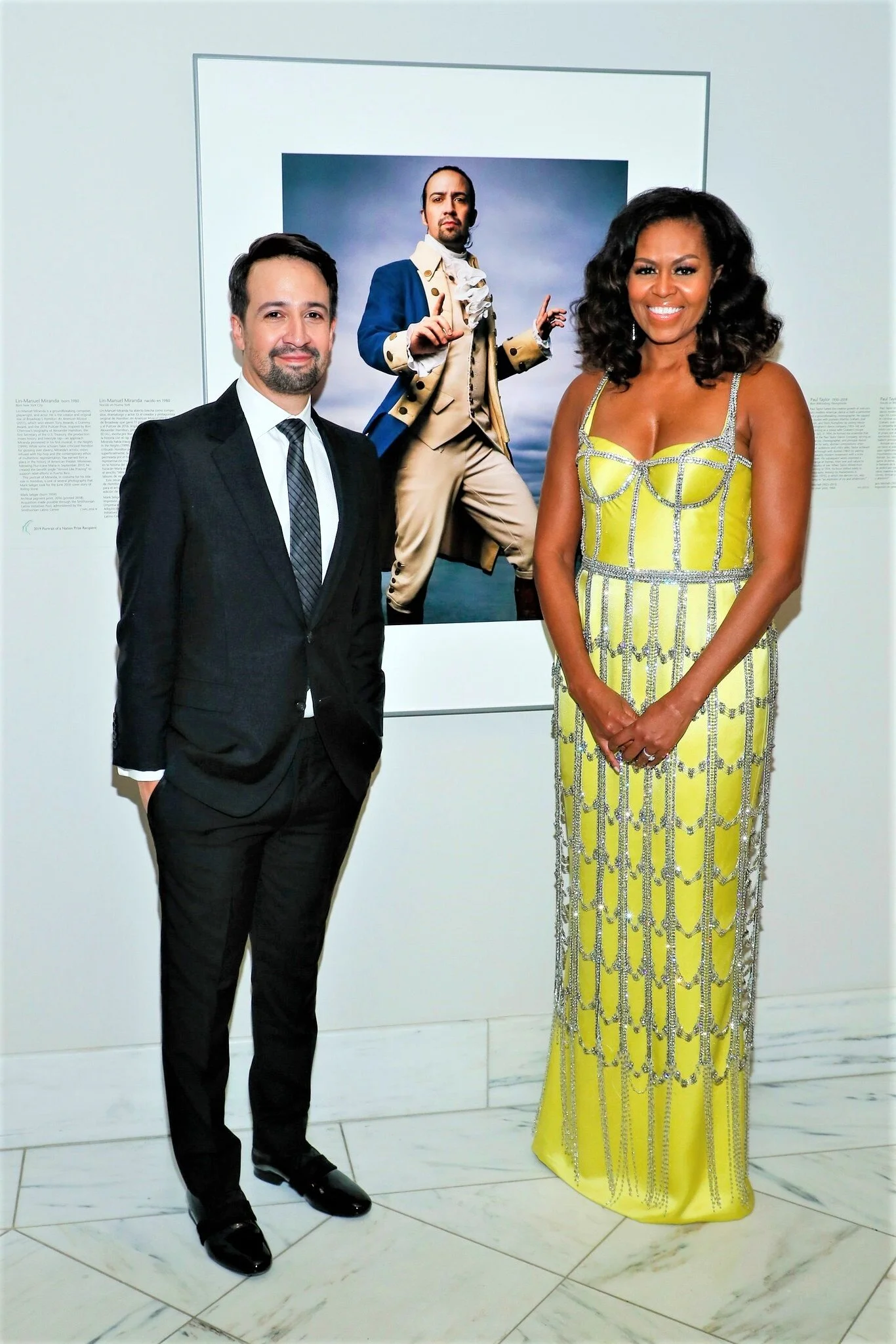3 New Books | Diane Arbus Life and Images 40 Years Later
/ Diane Arbus self portrait w/daughter Doon
Diane Arbus self portrait w/daughter Doon
On the 40th anniversary of her suicide this fall, Diane Arbus is front and center in the photography world.
Diane (pronounced Dee-Ann) Arbus was one of the most revered photographers in the history of American art. Her unsettling portraits, in stark black and white, seemed to reveal certain psychological truths of their subjects and humanity in general.
Whether Arbus was a humanist or nihilist has been the subject of much debate since her death.
After Arbus followed the path of Sylvia Plath, committing suicide in 1971, at the age of forty-eight, her own seemingly chaotic and dark inner life became inextricable from her work for many viewers of her work.
Written in the spirit of Janet Malcolm’s classic examination of Sylvia Plath, The Silent Woman, William Todd Schultz’s An Emergency in Slow Motion digs deeply into the creative and personal struggles of Diane Arbus.
William Todd Schultz is now a professor of psychology at Pacific University in Portland, Oregon, specializing in personality research and ‘psychobiography.’
It’s within this genre that the author tries to make sense of what he terms Arbus’s “oceanic” personality. Schultz does so without the cooperation of Arbus’ estate who seeks to have her art speak for itself without the psychoanalysis.
Schultz examines Arbus’s life through the prism of four central mysteries: her outcast affinity, her sexuality, the secrets she kept and shared, and her suicide.
He seeks not to diagnose Arbus, but to discern some of the private motives behind her public works and acts. In this approach, Schultz not only goes deeper into Arbus’s life than any previous writer, but provides a template with which to think about the creative life in general.
Two more new books shed light on the images of Diane Arbus.
Diane Arbus: An Aperture Monograph
 Diane Arbus: An Aperture Monograph: Fortieth-Anniversary Edition was originally published in 1972, one year after the artist’s death. The book was published in conjunction with a retrospective of her work at the Museum of Modern Art. Edited and designed by Arbus’s daughter, Doon, and her friend and colleague, painter Marvin Israel, the monograph contains eighty of her most masterful and well-known photos.
Diane Arbus: An Aperture Monograph: Fortieth-Anniversary Edition was originally published in 1972, one year after the artist’s death. The book was published in conjunction with a retrospective of her work at the Museum of Modern Art. Edited and designed by Arbus’s daughter, Doon, and her friend and colleague, painter Marvin Israel, the monograph contains eighty of her most masterful and well-known photos.
The images in this newly published edition, marking the twenty-fifth anniversary of the collection’s original publication, were printed from new three-hundred-line-screen duotone film, allowing for startlingly clear reproduction. The impact of the collection is heightened by the introduction, which contains excerpts of audio tapes in which Arbus discusses her experiences as a photographer and her feelings about the often bizarre nature of her subjects. Diane Arbus’s work has indelibly impacted modern visual sensibilities, evidenced by the intensely personal moments captured in this powerful group of photographs.
Diane Arbus: Untitled










